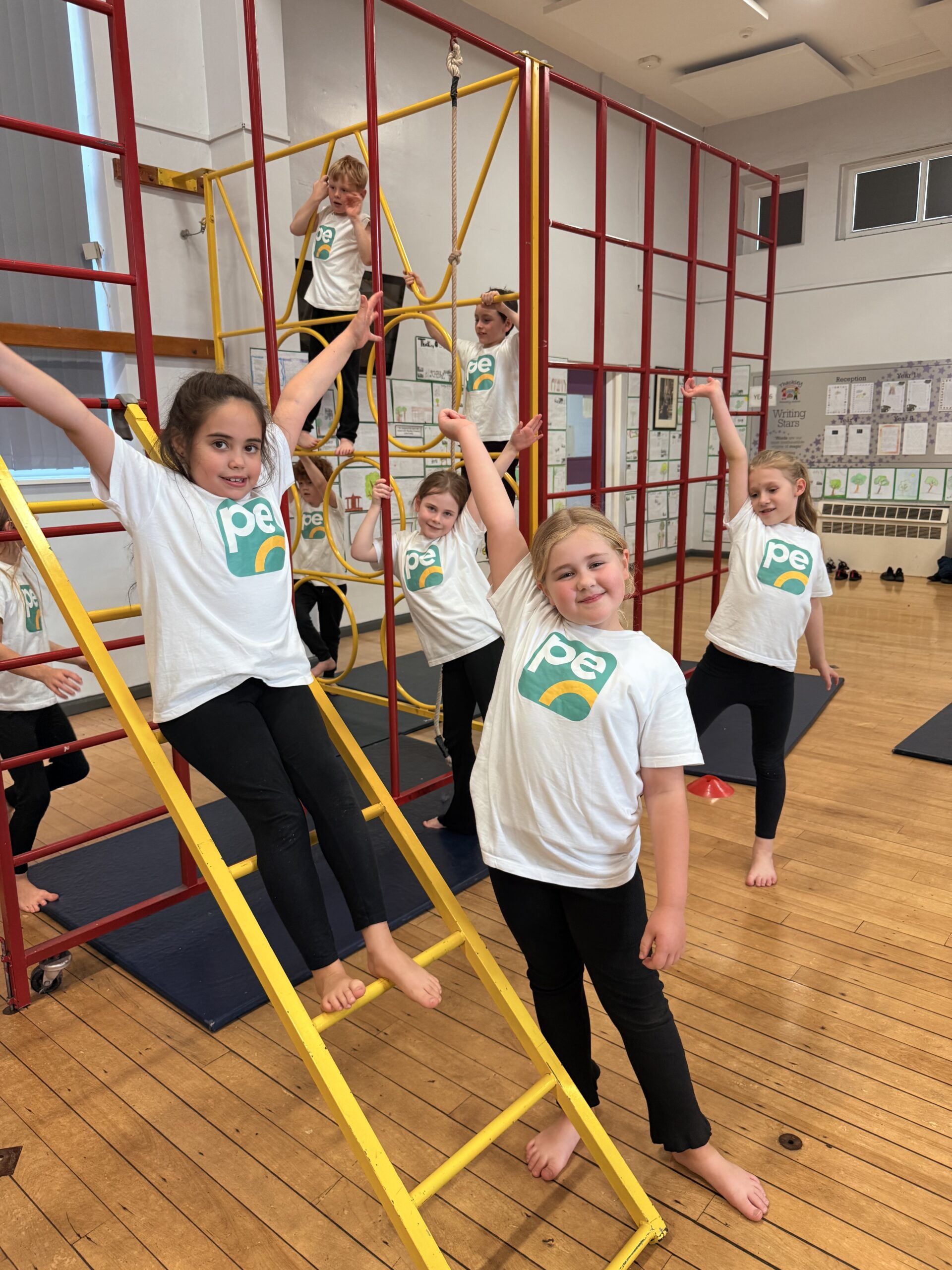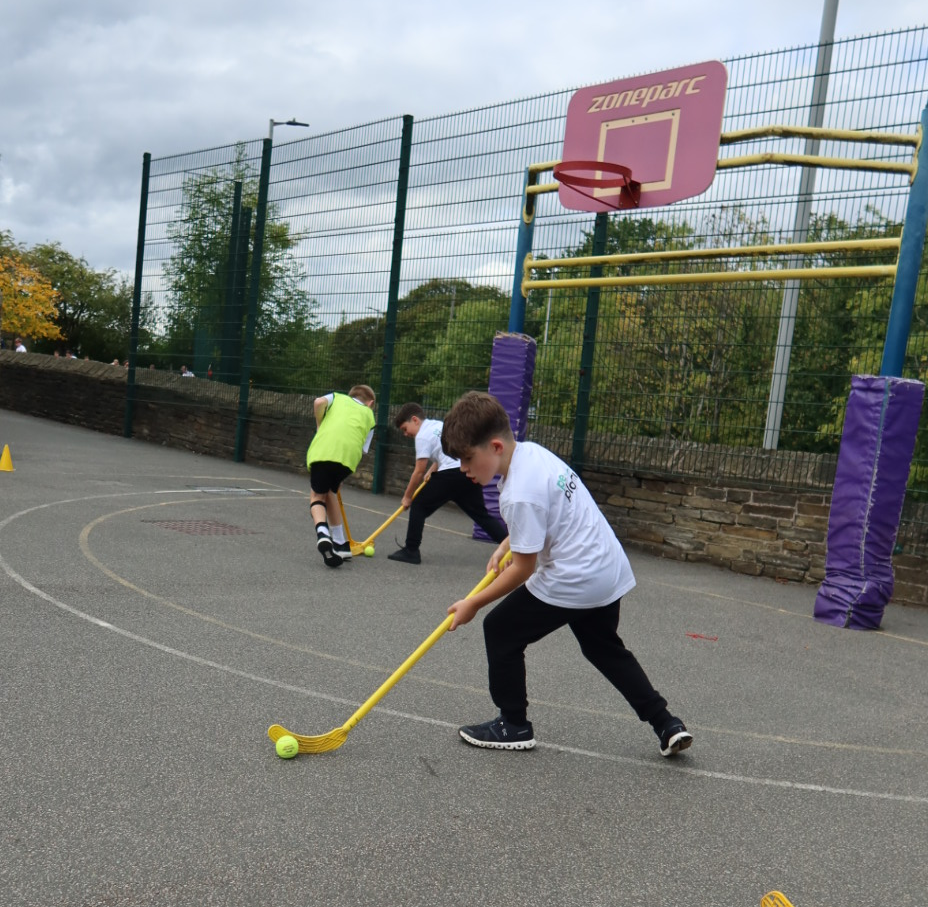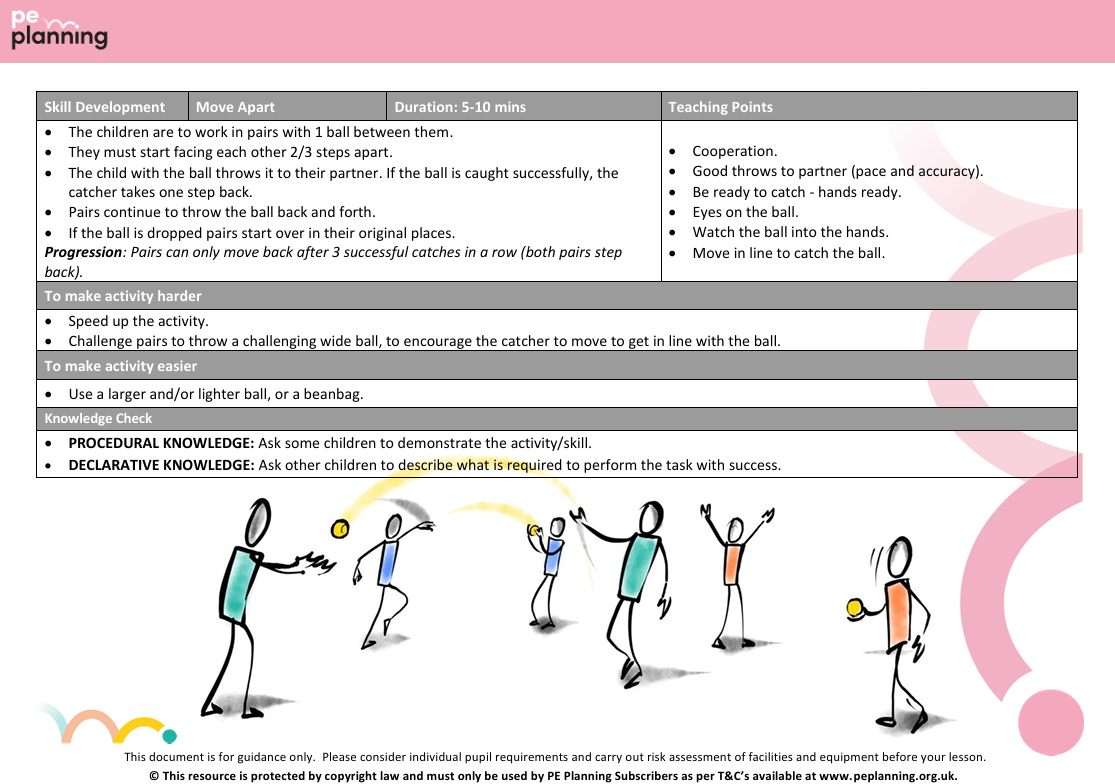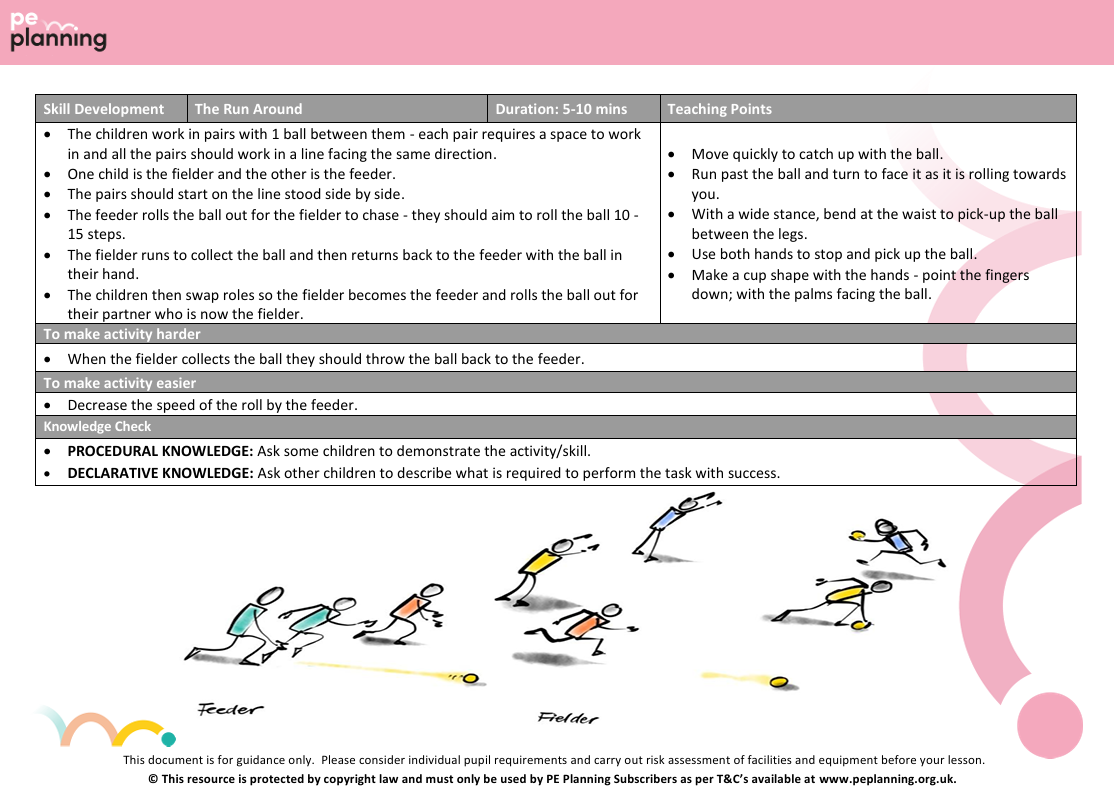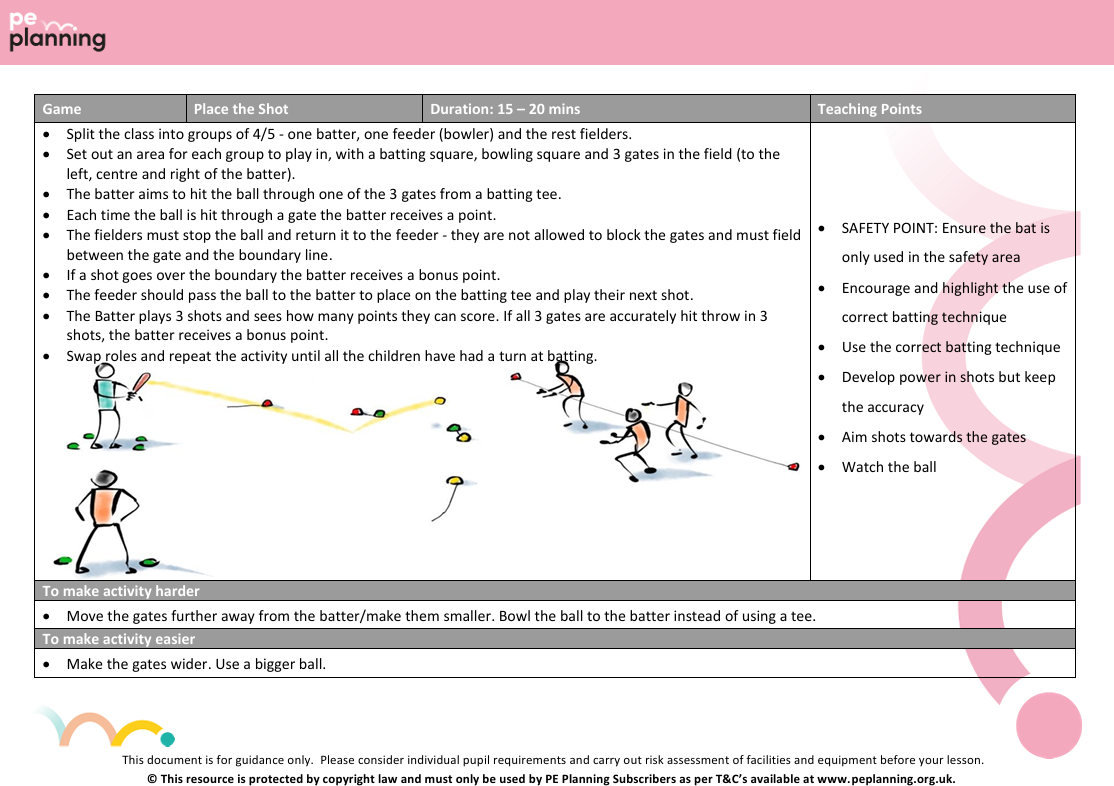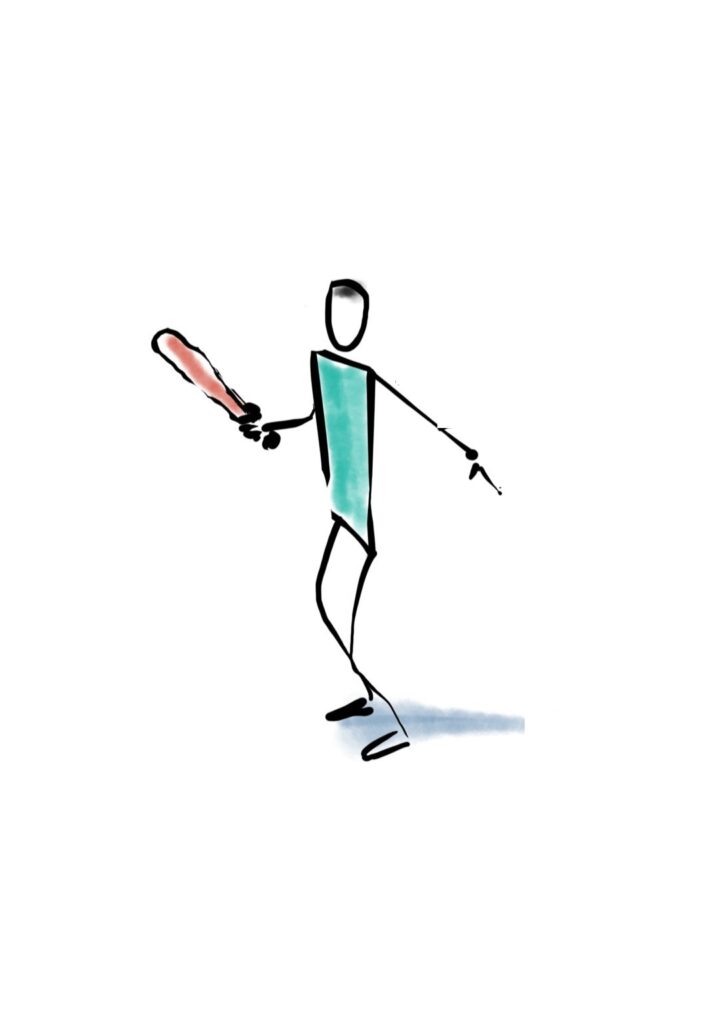Rounders Rules: A Fun and Educational Primary School Sport
Rounders is a brilliant way to teach children the importance of teamwork, strategy, and staying active. Whether played casually on the playground or in a more structured setting, it remains a staple of primary school sports. With simple rounders rules, children can quickly grasp the basics and enjoy the game.

Rounders is a classic bat and ball game that has been enjoyed by children for generations. It’s a fantastic way to develop teamwork, hand-eye coordination, and an understanding of fair play, all while having fun! In primary schools, rounders is popular during summer PE lessons or as part of extracurricular activities, helping children stay active and engaged. The rounders rules can come across a little daunting, but we are here to help – after all, rounders is too good to miss off the PE Curriculum!
Understanding Rounders Rules
For children just starting out, learning the rounders rules is essential to play fairly and enjoy the game. Here are some of the fundamental rules of rounders that primary school pupils should know:
- Players: Rounders is played with two teams, each consisting of around 9 players (although this can be adapted depending on the class size and space available). One team bats while the other fields.
- Batting: Each batter has one ‘good’ chance to hit the ball. Hit or missed, the batter runs (except a no ball).
- Scoring: A rounder is scored when a player successfully runs around all four bases after their bat (half rounder if they reach fourth base without hitting the ball). Half-rounders may also be given if the player reaches the fourth base but stopped at the second or third base for the next batter before completing the track.
- Bowling: The ball must be bowled underarm within the batter’s reach. It should be delivered smoothly, making it fair for the batter to strike. A no ball is given if the ball is not accurate or fair. Two consecutive no balls results in a half rounder being awarded to the batting team.
- Fielding & Outs: A batter can be out if:- the hit ball is caught before touching the ground; the batter steps out of the batting square when the ball is bowled; a batter overtakes another runner on the track; a side out (no batters left to bat, and runners are stopped at a base); the post a runner is running to is stumped before they get there or deliberately throwing the bat.
- Safety & Fair Play: A friendly and inclusive approach to rounders, should always be encouraged, especially within a primary school setting, ensuring that all players understand the rules and participate with good sportsmanship.
Encouraging More Children to Play
Once the basics have been mastered, build excitement by holding mini-tournaments, mixing teams, and ensuring all children feel confident in their abilities. By introducing rounders early on, children gain valuable sporting experience that can help them in other sports and physical activities.
Here are some key strategies to make rounders engaging and educational…
1. Start with the Basics
Before jumping into a full game, introduce the fundamental rounders rules and skills. Use our rounders lesson plans to improve techniques, skills and the rounders rules. Our lesson plans are also accompanied by knowledge organisers, rounder rules, and fun worksheets to check knowledge and aid learning and understanding.
2. Rounders Skills
Allow children time to practise the skills individually, breaking down the fundamentals of batting, bowling, catching, and fielding. Be sure to use demonstrations too. This can help children understand, visualise and gradually improve. Here are a couple of our helpful skill developments…
- Move Apart – Throwing and catching practise in pairs. Focus on accuracy, speed of the ball, and concentration to move in line to receive.
- The Run Around – Fielding and retrieving the ball quickly. Encourage children to move to the ball quickly, ensuring retrieving the ball is done with speed and control as well as the running to the ball.
- Underarm Bowling – Technical information with steps to success. Skill repetition to help pupils progress.
- Place the Shot – Modified rounders game to allow a focus on developing batting skills, whilst following some of the rounders rules.
3. Small-Sided Games
Smaller, modified games are always far more beneficial when learning and practising a new sport. With fewer players, it allows lots more opportunities for skill development. Mini games will also help pupils understand positioning, teamwork, the rounders rules and game flow.
4. Encourage Teamwork
Rounders is a team sport, so building a collaborative atmosphere is essential. Foster teamwork by:
- Pairing experienced players with beginners.
- Encouraging positive communication.
- Celebrating good plays, effort and improvements both in batting and fielding positions.
5. Make It Fun and Inclusive!
Create excitement around the sport. Games should be engaging and lighthearted. Adding challenges, tournaments, or rounders game days can help increase engagement and participation.
Primary school Rounders should also be inclusive. All our PE lesson plans contain progressions and differentiation; as well as ways to make the game harder and easier. Changing the ball to a bigger ball, reducing the number of bases, or adapting rules can all make the game of rounders inclusive for everyone.
6. Reflect and Improve
Rounders should be both educational and fun. Don’t let the rounders rules put you off delivering a Rounders unit of work. Rounders offers the opportunity to develop new skills, stay active, build relationships and enjoy the spirit of teamwork and competition.
Is rounders on your schools PE long term plan? If so, our lesson plans, Knowledge Organisers and Rounders Rules can help!
If not, next time the sun is shining, grab a bat, split your class into teams, and enjoy a game of rounders!
As always, if we can help with anything Rounders (or PE related) just shout!
And, if you’re not sure how to play rounders, and need extra help with making it part of your PE lessons, just let is know!





